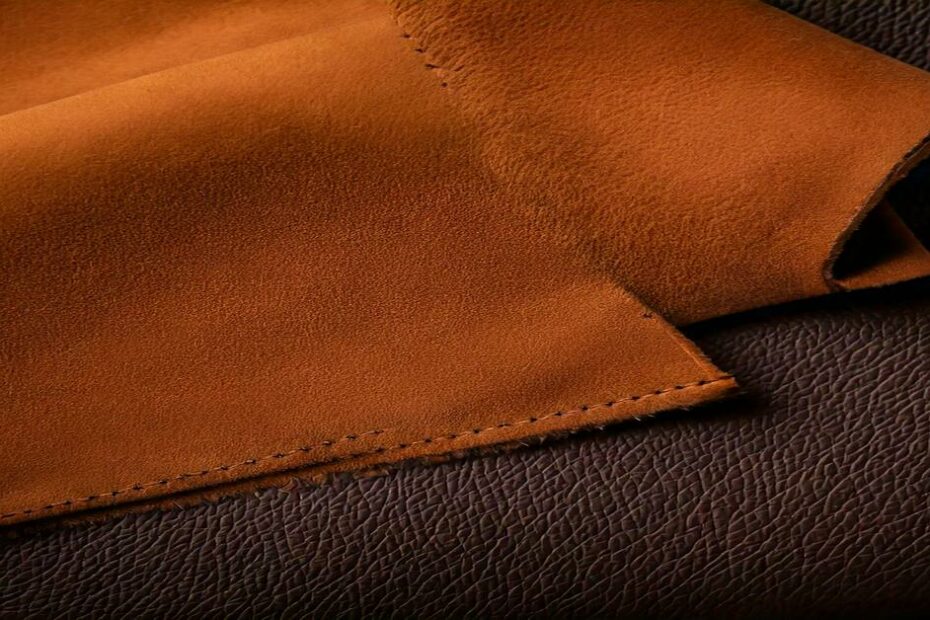The luxurious nature of premium leather has been taken to a whole new dimension by nubuck leather, which is so soft and stunning and remarkably versatile for luxury shoes and refined Nubuck jackets. This material has become a favorite among leather enthusiasts, but little do people know its unique qualities and care requirements.
We will start with a comprehensive guide: what is nubuck leather, how it is produced, the advantages and disadvantages of nubuck leather, and its care tips. Further on, we will look closely at its comparison with full-grain and suede leather so you will acquire the necessary information for your decision.
What To Expect In This Article?
What is Nubuck Leather?
The name “nubuck” is derived from the term “new buck,” thereby referring to its origin when it was first manufactured using deer or buckskin. Nowadays, it is mostly derived from cowhide, although high-quality varieties may use sheepskin leather or goatskin leather.
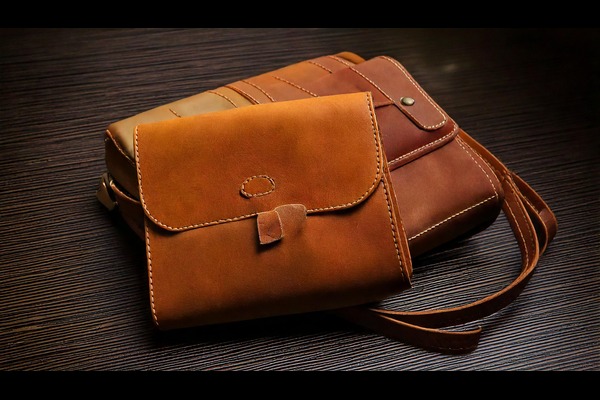
The natural grain pattern is undoubtedly the most recognized characteristic of nubuck leather, subtly visible through its soft, velvety texture. This premium material is widely used in the production of high-quality products, including leather shoes, boots, bags, and upholstery. Its unique aesthetic also makes it a top choice for fashion items, including women’s leather jackets and men’s jackets, where durability meets refined style. Thanks to its luxurious look and feel, nubuck remains one of the most sought-after materials in the leather industry.
Nubuck leather is a premium form of leather created by rubbing or buffing the outside grain face of a hide. Because nubuck does not use the underside of the hide, which is characteristic of suede leather, nubuck retains the top layer and thus also receives an advantage in strength as well as toughness. This method renders Nubuck a velvety yet matte finish that provides a soft touch but still retains all the toughness associated with top-grain leather.
How is Nubuck Leather Made?
The nubuck leather production process is an intricate blend of art and science to provide its distinguishing properties:
Hide Selection
Nubuck is manufactured from the best quality of hides. The hide is taken with minor imperfections, which do not appear on the grain surface as it will be exposed to the naked eye.
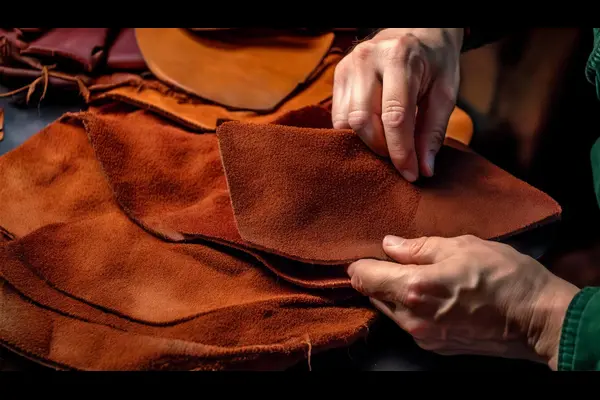
Tanning
Tanning of leather is done with either chrome or vegetable tanning. These two preserve the hide while also making it more resistant and thus used in the process. Chrome is widely used for Nubuck; it gives a softer feel, making it more resistant to wear.
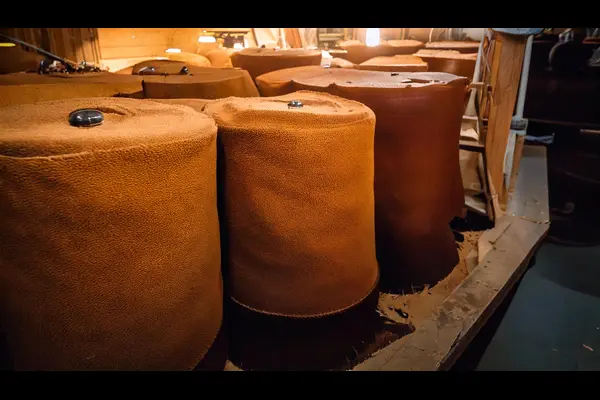
Buffing the Grain Side
During the buffing of the grain side, they impart some lightly sanded imperfections that give the necessary smooth surface. This process also opens pores, giving Nubuck a characteristic finish that appears to be a matte finish.
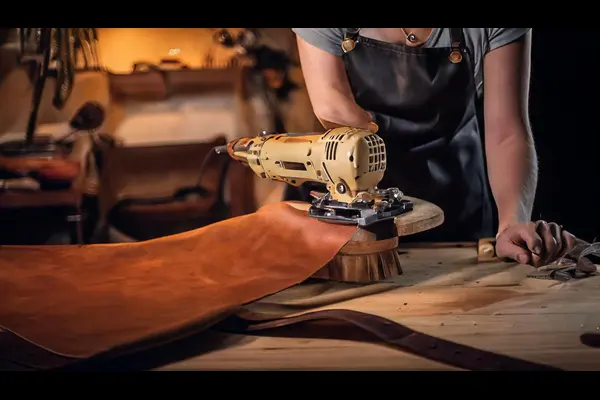
Dyeing and Finishing
Nubuck is dyed in deep colors and can also be treated with some waterproofing finishes. However, a fact to remember is that uncoated nubuck is still prone to moisture.
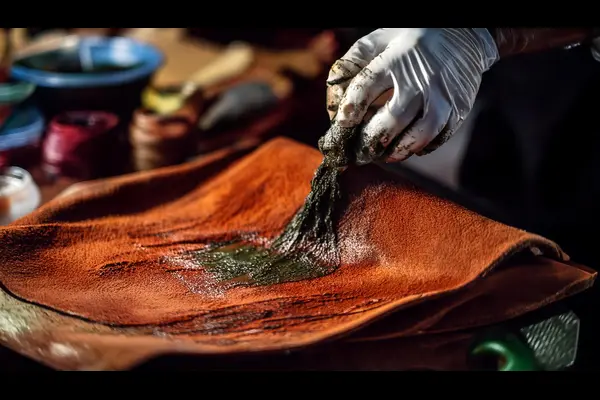
This highly time-consuming process makes nubuck leather both beautiful and practical when the strongest side of full-grain leather unites with softness and luxury finish.
Nubuck Leather vs. Other Types of Leather
Leather enthusiasts often debate the advantages of Nubuck over other types of leather. Here is how Nubuck stacks up against these two commonly available options:
Nubuck vs. Suede Leather
- Texture: While both are soft, nubuck is sanding on the grain side and has a smoother and more rugged leather texture than suede, which is made from the underside of the hide.
- Resilience: Nubuck leather is stronger than suede and can withstand heavy usage, like in cases of long boots.
- Resistance to Water: Nubuck is marginally more water-resistant than suede, but neither is waterproof, not even after some form of treatment.
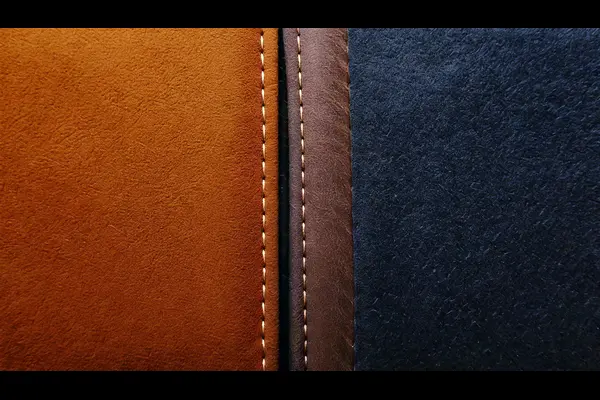
Nubuck vs. Full Grain Leather
- Finish: Nubuck has a surface finish known as buffing, while full-grain retains its natural grain structure and might be found to have polished or rugged finishes.
- Applications: Full-grain is best suited for heavy-duty products such as cowhide leather work boots, while nubuck finds extreme appeal in aesthetic value for leather jackets and furniture.
- Aging: Full-grain takes a much more pronounced patina with aging, while Nubuck maintains its matte finish if it is well cared for.

Characteristics of Nubuck Leather
Nubuck has some distinguishing properties:
Soft and Velvety Texture
To begin with, its soft and velvety feeling is due to the buffing process applied during tanning. This makes Nubuck extremely soft but almost a lot stronger than suede.
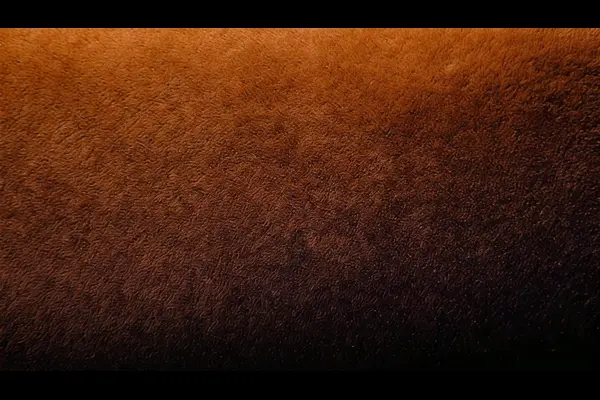
Natural Patina
The natural leather patina of nubuck leather develops over time, giving it an unusual look; it is, therefore, more sophisticated-looking and full of character.
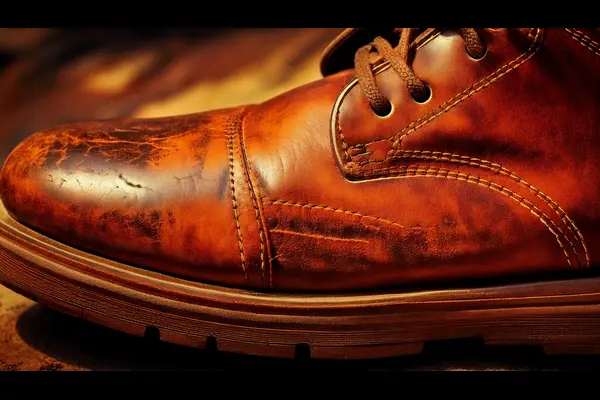
Ventilation
The nubuck surface is porous, which improves ventilation. Items like nubuck shoes or summer jackets in very breathable leather.
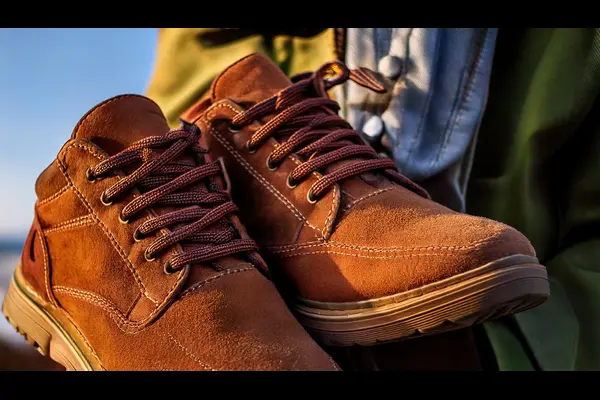
Keeps longer
Although Nubuck feels soft to the touch, it is actually really strong because it has drawn all the tensile strength qualities from top-grain leather.

Flexibility of Nubuck Appearance
Nubuck leather comes in various colors and finishes, so it can be a huge advantage for shoemakers and manufacturers of high-end leather products and luxurious furniture.
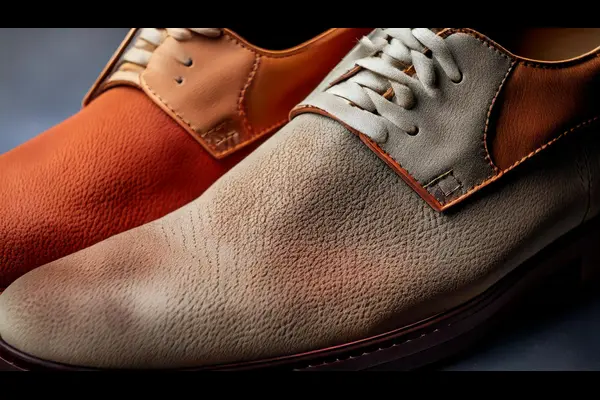
Advantages of Nubuck Leather
Luxurious Look and Feel: Its soft feel and semi-matte finish give Nubuck a premium feel.
Durability: Nubuck is much sturdier than suede and more durable; it can be used often under proper care.
Water Resistance: Treated nubuck is moderately water-resistant and can be used in nearly any climate.
Versatility: From casual shoes to extremely formal boots, nubuck easily lends itself to any style.
Disadvantages of Nubuck Leather
High Maintenance: Nubuck requires constant cleaning and some product to retain its surface.
Susceptibility to Stains: Because nubuck is a porous material, it tends to have higher sensitivity to staining than other kinds of polished leather.
Cost: Nubuck is a premium material, which is more expensive than other leather types.
Vulnerability to Water: Untreated nubuck is also not waterproof; thus, it is more cautious in wet conditions.
How to Care for Nubuck Leather
To take proper care of your nubuck in the state, it was first kept, follow these guidelines:
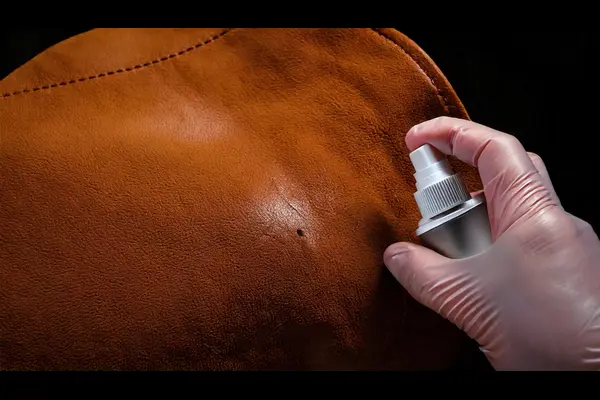
- Clean frequently: Always brush dust from nubuck with a soft-bristled brush or a suede eraser. Avoid soaking items that are made of nubuck leather in water, as it may cause it to discolor.
- Waterproof Spray: Apply a waterproof spray that is specifically used in nubuck leather care. This will protect your nubuck items from water and dust.
- Timely Stain Treatment: Use a leather cleaner for oil-based stains or dry cloth for liquid spills. Avoid using chemicals that could ruin the texture.
- Proper Storage: Store nubuck products in a cool, dry area, out of the sun’s rays, to prevent fading.
In addition, with such steps, you can extend the lifespan of your Nubuck footwear, leather boots, jackets, and other items.
Popular Uses for Nubuck Leather
With its great versatility and aesthetic appeal, nubuck is one of the favorites among many industries. Some of its uses include:
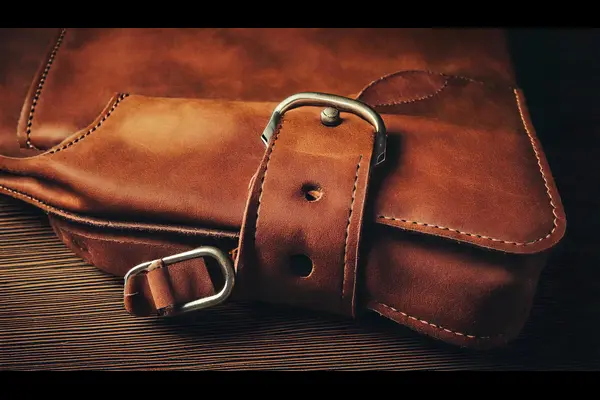
- Footwear: from informal sneaker shoes to heavy-duty boots, the nubuck reflects comfort and style that any other type of leather cannot match.
- Apparel: opulent leather coats and jackets made of nubuck are in high demand because of their extravagant feel.
- Accessories: Nubuck is commonly used to make handbags, wallets, and belts.
- Furniture: its soft finish makes it the top choice for luxury sofas and chairs.
Is Nubuck Leather Right for You?
Deciding whether you’ll want nubuck leather mainly depends on your lifestyle, preferences, and budget. If it has qualities that are soft and velvety to feel and when you are ready to pay more for upkeep maintenance, then Nubuck might be the leather for you.
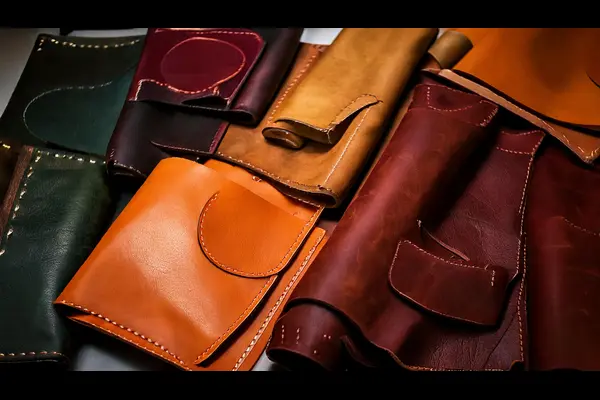
The aesthetic and durability Nubuck produces make it a fashion for fashionable and quality furnishing ideas for homes. On the other hand, if it’s low maintenance, where nubuck does not stand up well to heavy wear and moisture exposure, then full-grain or polished leather may be enough. nubuck shoes
Whether you are considering Nubuck vs. Suede, want to compare different types of leather finishes, or are just looking for helpful hints regarding the care of Nubuck leather, this guide is all you will ever need to make an informed decision. Carefully, Nubuck leather becomes part of your wardrobe or home, and you wear it elegantly with the sands of time combined with functionality that lasts forever.
Conclusion
Nubuck leather is a masterpiece of art and craftsmanship in leather working. The luxury texture, rich color, good durability, and excellent demands make it an excellent choice for some applications, such as shoes, high-end furniture, and other articles. Yet it is not kept appropriate for the mundane required maintenance of its surface, so it is up to the personal tastes of someone who appreciates it as unique, thereby willing to put it together properly.
Invest in nubuck leather, and you own a piece that combines style, comfort, and craftsmanship into a truly remarkable material.

